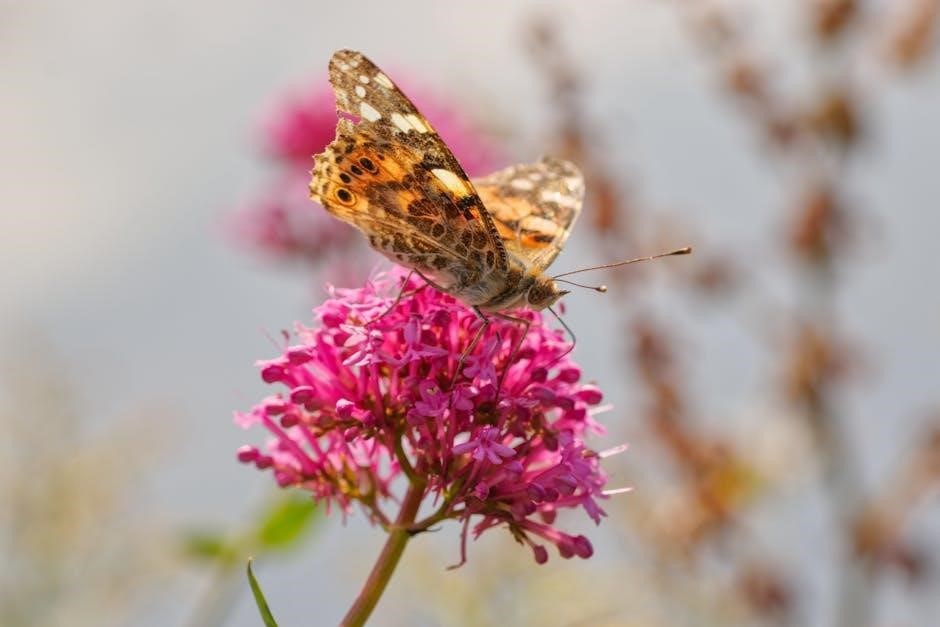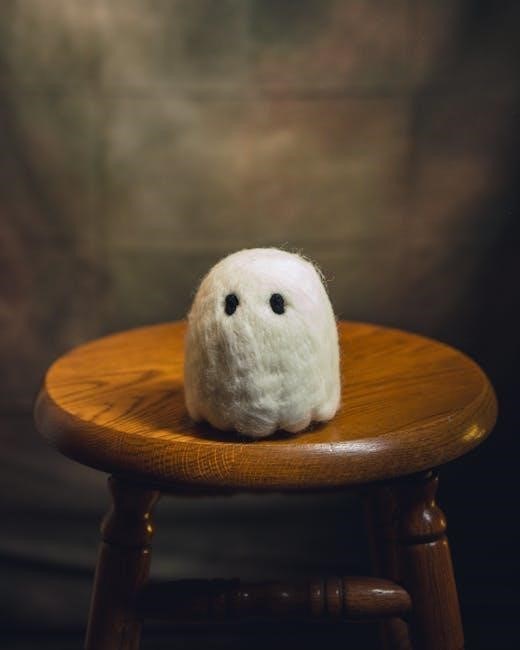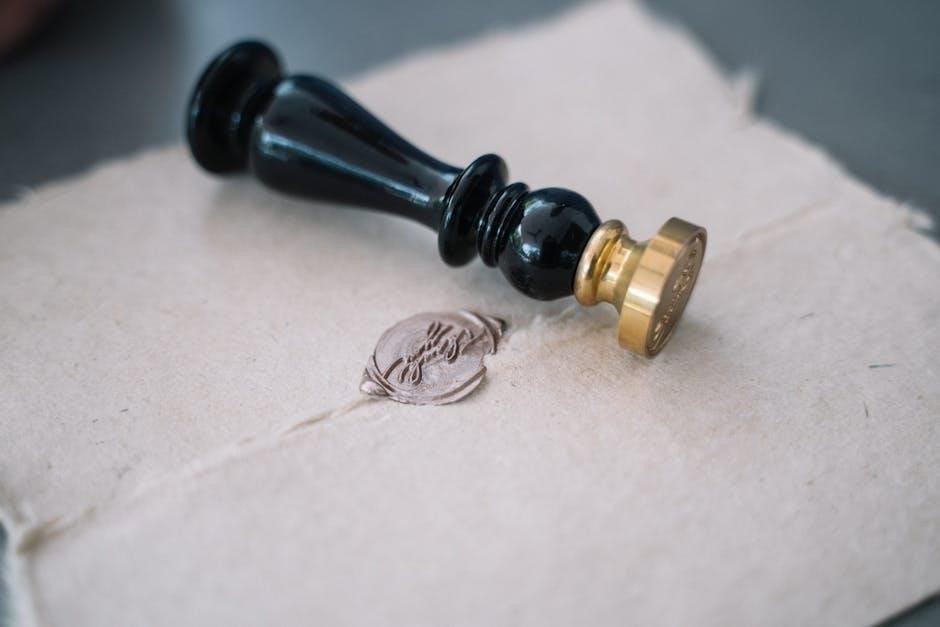identifier insect eggs identification guide uk
In the UK, identifying insect eggs can be a challenging task, but with the right guidance, it can be a fascinating and rewarding experience. This guide aims to provide a comprehensive overview of the different types of insect eggs found in the UK, their characteristics, and how to identify them.
Insect eggs are the reproductive structures of insects, and they come in a wide range of shapes, sizes, and colors. Some insect eggs are tiny, while others are relatively large. Understanding the different types of insect eggs and their characteristics is essential for identifying them.
Types of Insect Eggs
There are several types of insect eggs found in the UK, including:

- Beetle eggs: These eggs are typically small, oval-shaped, and white or yellowish in color. Examples of beetle eggs include the eggs of the ladybug and the ground beetle.
- Butterfly eggs: These eggs are usually small, spherical, and yellow or orange in color. Examples of butterfly eggs include the eggs of the monarch butterfly and the red admiral.
- Moth eggs: These eggs are often similar to butterfly eggs but can be larger and more elongated. Examples of moth eggs include the eggs of the luna moth and the polyphemus moth.
- Flies eggs: These eggs are typically small, white, and oval-shaped. Examples of fly eggs include the eggs of the housefly and the blowfly.
Characteristics of Insect Eggs

Insect eggs have several characteristics that can help with identification, including:
- Color: Insect eggs can be white, yellow, orange, or other colors, depending on the species.
- Shape: Insect eggs can be spherical, oval, or elongated, depending on the species.
- Size: Insect eggs can range from tiny to relatively large, depending on the species.
- Texture: Insect eggs can be smooth, ridged, or have other textures, depending on the species.
Guide to Identifying Insect Eggs in the UK
To identify insect eggs in the UK, follow these steps:
- Observe the egg: Carefully observe the egg’s color, shape, size, and texture.
- Consider the location: Note where the egg was found, such as on a plant, in soil, or on a surface.
- Research the species: Use field guides, online resources, or consult with an expert to research the species of insect that laid the egg.
- Compare with images: Compare the egg with images of known insect eggs to confirm identification.
Resources for Identifying Insect Eggs
There are several resources available for identifying insect eggs in the UK, including:

- Field guides: Field guides such as the “Collins Guide to Insects” or the “RSPB Handbook of British Insects” can provide detailed information on insect eggs.
- Online resources: Websites such as the “UK Moths” or “Butterfly Conservation” websites can provide images and information on insect eggs;
- Expert advice: Consulting with an expert, such as an entomologist, can provide valuable guidance on identifying insect eggs.

Identifying insect eggs in the UK can be a fun and rewarding experience, and with the right guidance, it can be a valuable skill for anyone interested in insects and the natural world. By following this guide and using the resources available, you can develop your skills in identifying insect eggs and gain a deeper appreciation for the fascinating world of insects.








Leave a Comment